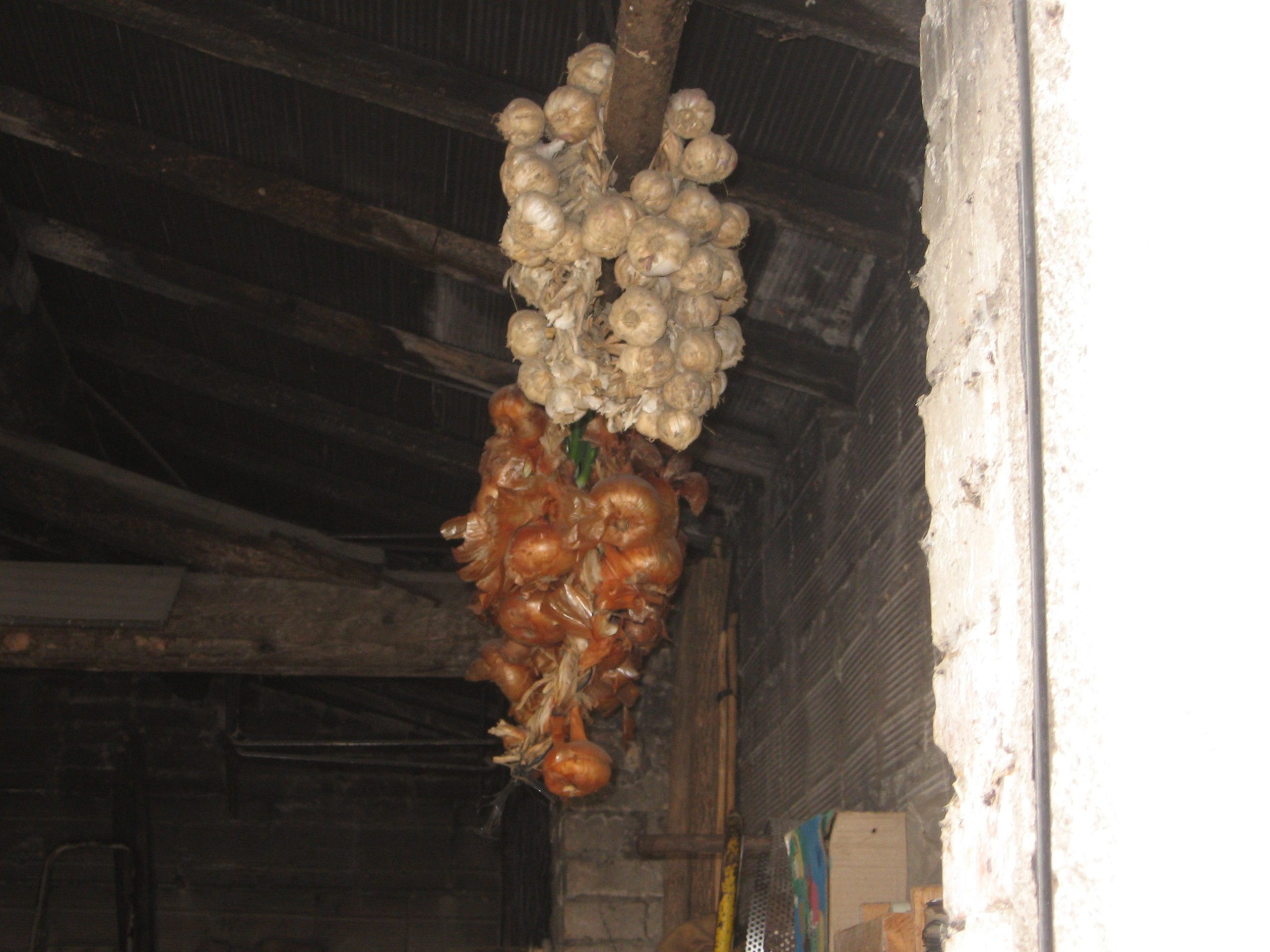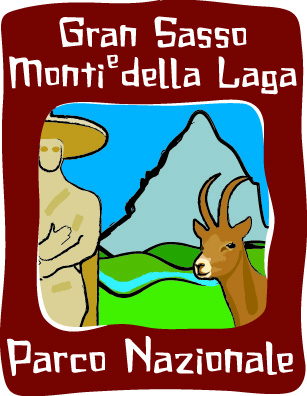Case Study
Network of extensive farmers for the recovery of ancient cultivated varieties
Contact name
Dr. Giorgio Davini
Institution name
Gran Sasso andg Laga Mauntains National Park
Region & country
Italy, Abruzzo
Summary
Genetic erosion and the dramatic decrease in the biodiversity of cultivated species is a phenomenon that is alarming both the scientific and agricultural worlds. It is necessary to find ways to ensure the in situ conservation of these species and make them economically and/or amateurishly interesting. In other words, there must be an awareness of the importance of this unrecognised heritage and a widespread desire to preserve and enhance it. Through the census, classification and multiplication of ancient crop varieties or varieties of local spread it is possible to maintain this genetic heritage. Farmers will form the basis for creating a network of “Custodian Farmers”, whose main objective is the conservation and reproduction of plants.

Old onions
National Park archive
Old woman, old stories
National Park archive
Old techiques
National Park archive
Background of the project
The loss of biodiversity also affects the agricultural sector. Especially in mountainous and disadvantaged areas, this trend is compounded by land depopulation and the ageing of farmers. The abandonment of agricultural activities therefore leads to the abandonment of the seeds of ancient varieties which, over time, lose their germinability and can be recovered. Investigations have noted the disappearance of local varieties of agricultural interest whose historical memory could be preserved.
One of the aims of the National Park is to stop, improve and increase biodiversity. This concept is also valid for the biodiversity resulting from traditional agricultural practices carried out for hundreds of years. The loss of locally grown varieties means the loss of the rural culture that produced them.
The main objective was therefore to survey the varieties present and describe their characteristics. Subsequently, attempts were made to multiply them and keep them under cultivation.
Solution and actions taken
Through an information campaign and a dense network of relationships on the territory, many companies and small agricultural realities have been visited. Through a specific call for tenders, an economic contribution was guaranteed to farmers who possessed the ancient crop varieties and showed they wanted to continue their cultivation. In addition, the guardian farmers committed themselves every year to exchange the self-produced seeds with other farmers in a specific event organized by the Park.
– identify the autochthonous germplasm of the ancient varieties;
– create a centre for the reproduction of the native to guarantee the authenticity of the historical link with territory;
– encourage organic cultivation and conservation of native fruit-bearing and herbaceous varieties through the creation of a network of guardian farmers;
– encourage cultural and training actions;
– undertake actions aimed at the enhancement and cultural recovery of ethnobotanical traditions.
Other institutions or parties involved
The project has been carried out in collaboration with the Local Action Group ARCA Abruzzo in the framework of the Infraterritorial and Transnational Cooperation of Axis II of the LEADER+ PROGRAMME – ABRUZZO 2000-2006.
In addition, there was the collaboration of the Trade Associations present in the territory for research and contact with the farmers present in the protected area.
Results
Farmers represent the basis of the network of “Custodian Farmers”, whose main objective is the conservation and reproduction of plants. It has also been possible to create a collection of ancient local varieties. At the Botanical Garden specific sectors have been created for the reconstruction of the ancient agricultural landscapes in which they are planted, both for ex situ conservation and for educational purposes as well as for the first experimentation on cultivation techiques.
Challenges
The main difficulties encountered were linked to the particular complexity of the mountain territory and moving difficulties.
There were further difficulties in the drastic reduction of the number of farmers present in the territory. From the point of view of characterisation, the main problems arose from the difficulty of recognising the varieties found. Some problems were encountered in the multiplication phase due to the poor germinability.
Lessons learned
Mountain areas and disadvantaged territories, thanks to their particular geographical layout and the isolation to which they have been subjected for centuries, represent a treasure chest of biodiversity that must be preserved as it could guard the solutions for our future.
Maintaining this memory and these varieties is a duty that everyone should help to respect.
Contact name
Dr. Giorgio Davini
Institution name
Gran Sasso andg Laga Mauntains National Park
Website(s)
